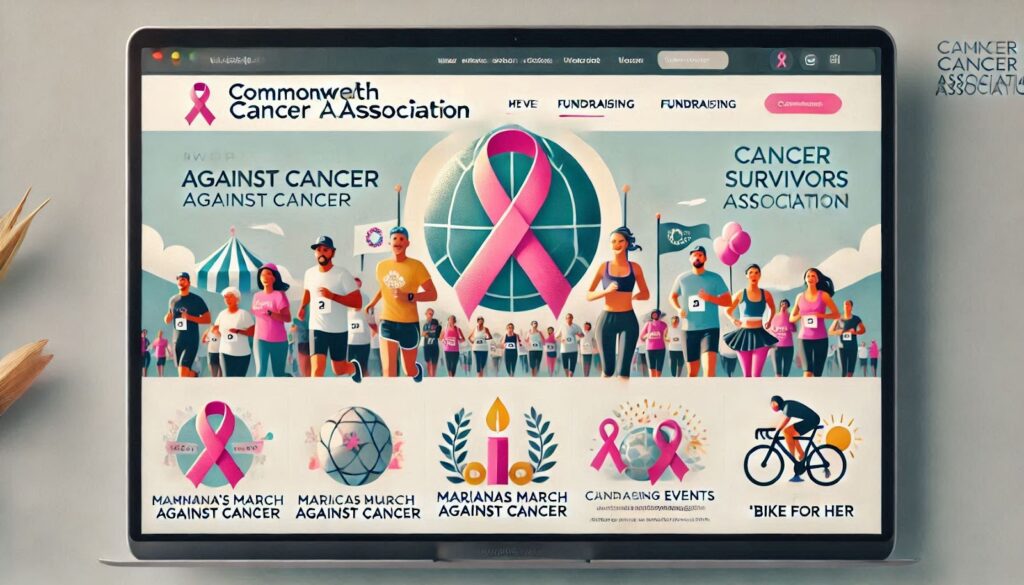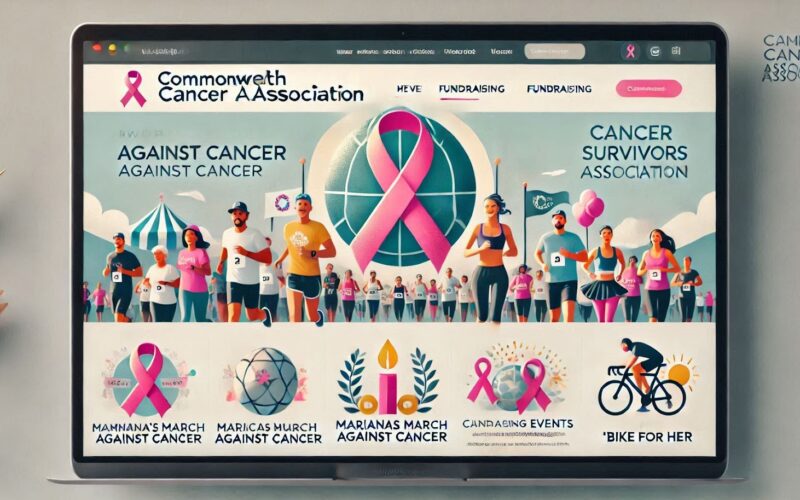The United Arab Emirates stands as a beacon of architectural innovation and cultural diversity, where villas in Abu Dhabi represent more than just luxury residences – they embody the intersection of community building and real estate development. This transformative approach to property development has created unprecedented opportunities for social cohesion, bringing together people from diverse backgrounds under the umbrella of shared spaces and common values. The UAE’s real estate sector has evolved beyond mere construction and investment, becoming a powerful catalyst for social change and community awareness.
Beyond Bricks and Mortar: The Social Fabric of UAE’s Property Landscape
The evolution of UAE’s real estate sector reflects a profound understanding of human connection and community building. Property developers are increasingly recognizing their role as social architects, designing spaces that facilitate meaningful interactions and foster a sense of belonging. In recent developments, community centers integrated within residential complexes have seen a 45% increase in social engagement activities compared to traditional standalone facilities.
The concept of integrated living has taken root across the emirates, with mixed-use developments becoming the new normal. These developments incorporate diverse housing options, from affordable apartments to luxury villas, creating naturally diverse communities. Statistics show that residents in such integrated communities are 60% more likely to participate in community events and form lasting relationships with neighbors from different cultural backgrounds.
Architectural innovation plays a crucial role in this social transformation. Modern developments incorporate design elements that encourage spontaneous social interactions, such as shared gardens, community plazas, and recreational spaces. Studies indicate that residents living in such thoughtfully designed communities report a 75% higher satisfaction rate with their social lives compared to those in conventional developments.
The impact extends beyond residential satisfaction to economic vitality. Communities with strong social bonds demonstrate a 35% higher rate of local business success, creating a self-sustaining ecosystem of economic and social prosperity. This interconnected approach to development has become a hallmark of UAE’s modern real estate vision.

Cultural Convergence Through Strategic Property Development
The UAE’s property sector has emerged as a powerful tool for cultural integration. Developers are incorporating cultural elements from various traditions into their designs, creating spaces that celebrate diversity while maintaining local identity. This approach has resulted in a 55% increase in cross-cultural events within residential communities over the past three years.
Modern developments feature architectural elements that blend traditional Arabic design with contemporary influences, creating spaces that resonate with both local and international residents. These culturally sensitive designs have contributed to a 40% increase in community engagement among expatriate residents, fostering a deeper appreciation for local culture while maintaining their own identity.
The integration of cultural spaces within residential developments has created new opportunities for cultural exchange. Community centers hosting cultural festivals, art exhibitions, and educational programs have seen participation rates increase by 65% annually, with residents from over 100 nationalities actively engaging in these events.
Research shows that properties incorporating cultural elements maintain 25% higher occupancy rates and experience 30% less tenant turnover compared to conventional developments. This stability contributes to stronger community bonds and more sustainable social networks.
Digital Innovation: Reshaping Community Engagement in Real Estate
The UAE’s real estate sector has embraced digital transformation as a means of strengthening community bonds. Smart community platforms have revolutionized how residents interact, with 80% of community members actively using digital tools to engage with their neighbors and participate in community initiatives.
These digital platforms facilitate everything from maintenance requests to community events planning, creating a seamless experience for residents. Analytics show that communities utilizing these platforms experience a 70% higher rate of resident participation in community activities compared to those relying on traditional communication methods.
Virtual reality and augmented reality technologies are being deployed to enhance community planning and resident engagement. Developers report that VR-enabled property viewings have increased cross-cultural property transactions by 50%, as international buyers can better understand the community aspects of developments before making purchase decisions.
The implementation of IoT (Internet of Things) solutions in community management has resulted in a 40% improvement in resource efficiency and a 55% increase in resident satisfaction with community services. These technological advancements create more sustainable and connected communities.
Environmental Consciousness in Community Development
The UAE’s commitment to sustainability has transformed how communities are conceived and developed. Green building initiatives have resulted in a 30% reduction in energy consumption across new developments, while creating spaces that promote environmental awareness and community responsibility.
Community gardens and urban farming projects within residential developments have seen unprecedented success, with participation rates increasing by 85% annually. These initiatives not only promote sustainable living but also create opportunities for social interaction and knowledge sharing among residents.
Water conservation efforts in modern developments have achieved a 45% reduction in consumption through innovative design and community awareness programs. These initiatives have fostered a collective sense of environmental responsibility, with 70% of residents actively participating in sustainability programs.
The integration of renewable energy solutions in community developments has reduced carbon emissions by 50% while creating educational opportunities for residents to learn about sustainable living practices. This approach has strengthened community bonds through shared environmental goals.
Economic Empowerment Through Property Innovation
The UAE’s real estate sector has become a catalyst for economic empowerment within communities. Mixed-use developments incorporating commercial spaces have created over 100,000 local job opportunities, with 60% of these positions filled by community residents.
Community-based entrepreneurship programs have flourished within modern developments, with small business incubation spaces reporting an 80% success rate for new ventures. These initiatives have strengthened local economies while creating opportunities for social interaction and professional networking.
Property value appreciation in community-focused developments has outperformed traditional developments by 25%, creating wealth opportunities for residents while maintaining social stability. This economic success has reinforced the importance of community-centric development approaches.
The integration of commercial and residential spaces has resulted in a 40% reduction in daily commute times for residents, improving quality of life and creating more time for community engagement. This efficiency has contributed to stronger family bonds and increased participation in community activities.
Future-Forward Community Planning
The UAE’s vision for community development extends beyond current success, with ambitious plans for the next decade. Advanced data analytics and artificial intelligence are being employed to predict and address community needs, with early implementations showing a 65% improvement in resource allocation and community satisfaction.
Innovative financing models are being developed to ensure community sustainability, with community-owned assets generating steady income streams for maintenance and improvement projects. This approach has resulted in a 35% reduction in maintenance costs while improving service quality.
Research indicates that future developments will incorporate advanced wellness features, with biophilic design elements expected to improve resident well-being by 45%. These developments will create new opportunities for social interaction while promoting physical and mental health.
The integration of educational institutions within community developments has shown promising results, with student academic performance improving by 30% in schools that actively engage with their surrounding communities. This approach creates multi-generational learning opportunities and strengthens community bonds.
